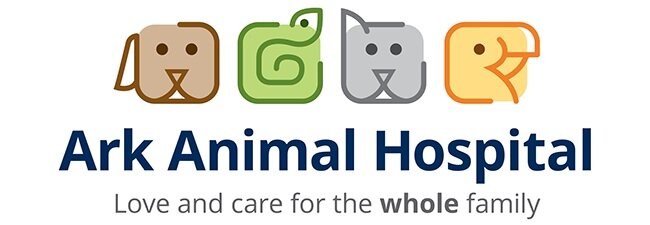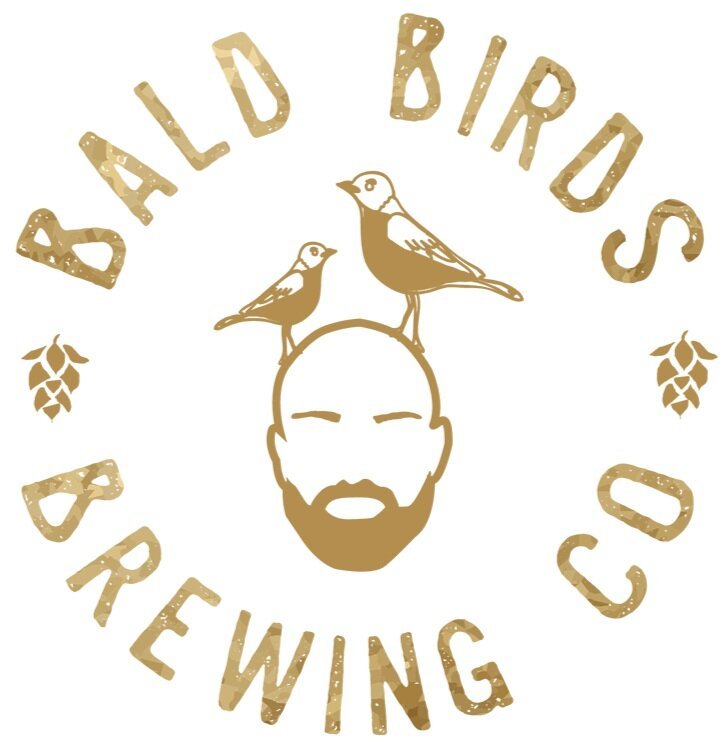If you've ever looked for help for a wild animal, you will know that centers like ours are few and far between. We are the only fully licensed wildlife center in 4 counties, serving millions of people. Zoos, SPCAs, and other animal rescues are not licensed for wild animals so cannot rehabilitate hurt wild animals.
Because no one “owns" wildlife, we believe it is everyone’s collective responsibility to get them help when needed. After all, the majority of the injuries we see are human caused - whether it is accidental (hitting an animal with your car or lawnmower) or deliberate (human cruelty). We have the hospital, the medications, the cages, and the years of study to treat these animals. What we DON'T have are the resources to come and pick up injured animals. If we left the center to do that, we would only be able to treat one or two a day, and not be able to be there to answer important phone questions, and take care of the patients we already have. So we are grateful that we are able to 'partner' with a member of the public who is willing to get the animal to us. We have the hospital; you have the transport and the desire to get the creature in need to us! You can be the difference between life and death for this animal. But how? How do you do this if you have no experience with wild animals?
In this article, we hope to describe some basic techniques for a member of the public to get an injured wild animal to a licensed facility like ours. First, here are the two basic underlying rules in capturing wildlife in need of help:
1) HUMAN SAFETY COMES FIRST. It is never advisable to put yourself in danger or do something with which you are not comfortable.
2) CALL US FOR INSTRUCTIONS. Every situation is a little different. And, not every animal who seems to be hurt, actually is. (Did you know, for example, that hawks do a behavior called "mantling", where they sit on the ground, wings extended, guarding their food? People sometimes think the hawk is hurt when they see this behavior) We will be more than happy to talk you through any situation with a wild animal. Sometimes, after speaking to us on the phone, we will request a photo to give us more information. If it is after hours, we provide a tool on our website that is a 'virtual rehabilitator”- an interactive program to help you know what to do in a wildlife emergency situation. Below are the basic rules for capturing a wild animal in need of help
Unless instructed by us, do NOT feed the animal, force it to drink water, or put water in the box.(Birds, for example, have a hole in their tongues that go directly to their lungs! It's easy to drown them by putting water in their mouths. Other animals can get hypothermic if the water spills on them, making their condition worse!)
Do not feed the animal! The wrong food could make it very sick. Most patients need to be medically rehydrated before feeding. And if the animal is emaciated, putting calories in the animal before emergency treatment could end up killing it.
Close the box after catching the animal, and resist the urge to 'peek'. Dark and quiet conditions help animals to stay calm. Stress, like a human who seems like a predator looking at the animal, can cause the animal's 'flight or fight" system to work overtime, causing serious illness or death. Imagine that for the animal, it's like being abducted by aliens. They don't know we are trying to help, so reducing stress is the goal.
Do not use a bird cage or rabbit cage. A cardboard box is uually best, to keep the animal in the dark, protect fur and feathers, and reduce his stress.
Wear gloves, and never touch a bat, skunk, raccoon, woodchuck (groundhog) or coyote with bare hands - rabies is a real concern.
If the animal is possibly dangerous, like a hawk, owl, fox, raccoon, fox etc. or if you are unsure in any way, the best method is usually the 'box over" method, if the animal is debilitated and can be approached, and is hurt enough that he won't run away. Any animal is a candidate for the box over method. Even a squirrel who is seriously injured can inflict a dangerous bite. So when in doubt, use this method for ANY animal, even a small bird. Here are the instructions, with illustrations for the box over method, using a stuffed toy squirrel as an example animal:
1) Find a suitable sized box or container. Poke a few air holes in it.
2.) Wearing gloves, approach calmly and place the box over the animal.
3.) Slide a piece of board, cardboard, or any other stiff material under the box (like you are catching a spider in a glass with a playing card.)
4.) Duct tape the whole thing up
5.) Bring to a rehabilitator right away. Keep quiet and calm. Don't play the radio in the car.
This article cannot cover all the possible scenarios and injured animals people may come across, nor can it prepare you for all the dangers you might face with an injured animal. Great blue herons, for example, absolutely require eye protection before approaching. Their spear-like beaks are made for plucking shiny objects, like eyeballs (and fish). Snapping turtles can reach almost all the way to the back of their shell and relieve you of a finger. Some hurt animals can only be caught with a live humane trap. So it is always best to call us if unsure, and we will be happy to talk you through the best way to get help for the animal you encountered. Thank you to all of you, past and future, who have and will bring hurt animals to us. It is this partnership between wildlife rehabbers and caring members of the public that ensure we can care for such a high number of creatures in need.














